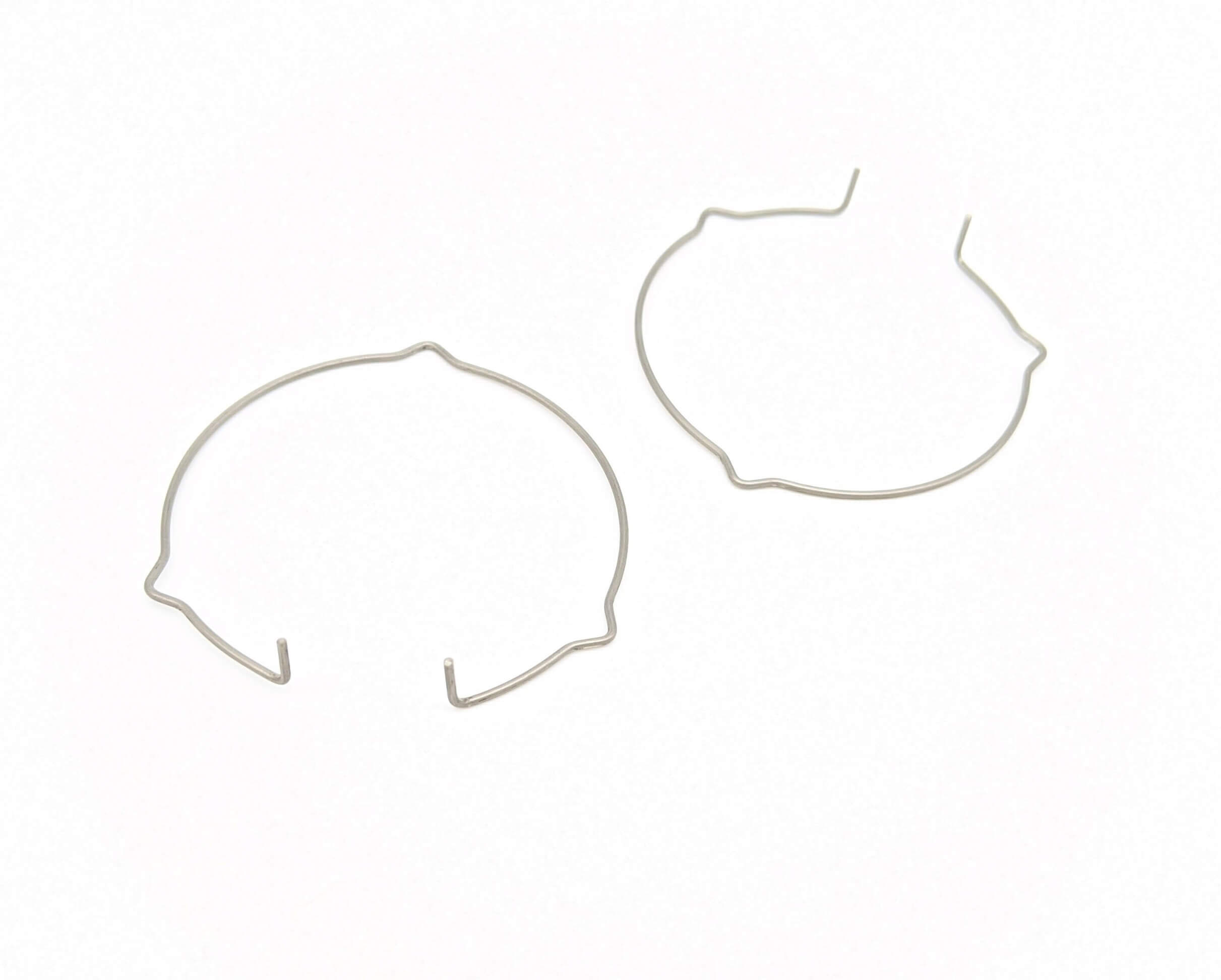Get unique, complex parts easily. No matter your requirements, Chaoyi Spring creates hard-to-produce coil springs and wire forms.
Let us help you create the custom wire form you need, from S-hooks and J-hooks to utility hooks and more.
We work closely with customers across a wide range of industries, helping them design and manufacture made-to-order parts.
Why choose Chaoyi Spring? We prioritize customer-focused collaboration, modern equipment and the latest technology to make your parts per print.
Find the information and guidance you need, from measuring a spring to learning about materials, placing an order and much more.
Torsion springs, often overlooked and underestimated, play a crucial role in a wide range of applications, from simple door hinges to intricate mechanical systems. They might not be as flashy


Unlike traditional extension or compression springs that exert force along their axis, a torsion spring is designed to store and release energy through twisting. Imagine a simple rubber band; when you twist it, it stores energy, and when you release it, it untwists, releasing that stored energy. A torsion spring operates on the same principle, but with a more robust design. It typically consists of a length of wire coiled into a helical shape, where the ends are attached to a fixed point. When a torque is applied to the spring, it twists, storing energy within its coils. As the torque is released, the spring unwinds, generating a restoring force.

The behavior of a torsion spring is governed by its design parameters and the applied torque. The key elements influencing its performance are:
The twisting force applied to a torsion spring is measured in units of torque, often expressed in Newton-meters (N·m) or foot-pounds (ft·lbf). As the torque increases, the spring twists further, storing more energy. This relationship can be described by Hooke's Law, which states that the torque is proportional to the angular deflection of the spring. This linear relationship holds true for small deflections within the elastic limit of the spring.
Torsion springs are found in a wide range of applications, demonstrating their versatility and importance across various industries. Some common examples include:
The widespread use of torsion springs can be attributed to their numerous advantages:
From the everyday simplicity of a door hinge to the complex mechanics of high-tech machinery, torsion springs are vital components in countless applications, silently contributing to our world's functionality and progress. Their unassuming nature belies their powerful role in shaping the world around us. So, the next time you open a door, take a moment to appreciate the silent workhorse that makes that action possible – the humble torsion spring.
The torsion spring, though often overlooked, is a vital element in a multitude of applications. From the smooth operation of everyday objects to the intricate workings of sophisticated machinery, these twisting powerhouses silently contribute to the world around us. Their compact size, high force capacity, and versatility make them essential components in a wide range of industries. So next time you encounter a door hinge or a machine at work, remember the silent force of the torsion spring, a true testament to the ingenuity of engineering.Browse some of the custom wire forms and springs that we manufacture. Don’t see what you need? We specialize in made-to-order products that meet your application requirements.
Visit Our GalleryNeed a custom wire form or coil spring? We make it work. Fill out the contact form and a representative will respond within 1 business day. If you have a PDF or CAD file, you can submit to request a quote.